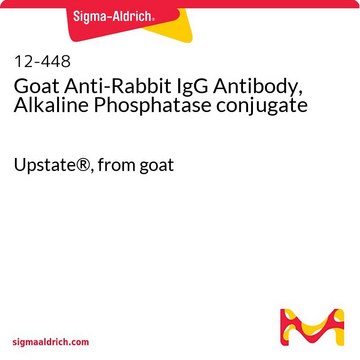Key Documents
179957
Methanol
≥99.6%, Laboratory Reagent grade
Synonim(y):
Methyl alcohol
About This Item
Polecane produkty
product name
Methanol, Laboratory Reagent, ≥99.6%
klasa czystości
Laboratory Reagent
Poziom jakości
gęstość pary
1.11 (vs air)
ciśnienie pary
410 mmHg ( 50 °C)
97.68 mmHg ( 20 °C)
Próba
≥99.6%
Postać
liquid
temp. samozapłonu
725 °F
granice wybuchowości
36 %
zanieczyszczenia
≤0.01% alkalinity (as NH3)
≤0.03% acidity (as HCOOH)
≤0.1% water
pozostałość po odparowaniu
≤0.01%
współczynnik refrakcji
n20/D 1.329 (lit.)
tw
64.7 °C (lit.)
mp
−98 °C (lit.)
gęstość
0.791 g/mL at 25 °C (lit.)
format
neat
temp. przechowywania
room temp
ciąg SMILES
CO
InChI
1S/CH4O/c1-2/h2H,1H3
Klucz InChI
OKKJLVBELUTLKV-UHFFFAOYSA-N
Szukasz podobnych produktów? Odwiedź Przewodnik dotyczący porównywania produktów
Opis ogólny
Zastosowanie
Hasło ostrzegawcze
Danger
Zwroty wskazujące rodzaj zagrożenia
Zwroty wskazujące środki ostrożności
Klasyfikacja zagrożeń
Acute Tox. 3 Dermal - Acute Tox. 3 Inhalation - Acute Tox. 3 Oral - Flam. Liq. 2 - STOT SE 1
Organy docelowe
Eyes,Central nervous system
Kod klasy składowania
3 - Flammable liquids
Klasa zagrożenia wodnego (WGK)
WGK 2
Temperatura zapłonu (°F)
49.5 °F - closed cup
Temperatura zapłonu (°C)
9.7 °C - closed cup
Certyfikaty analizy (CoA)
Poszukaj Certyfikaty analizy (CoA), wpisując numer partii/serii produktów. Numery serii i partii można znaleźć na etykiecie produktu po słowach „seria” lub „partia”.
Masz już ten produkt?
Dokumenty związane z niedawno zakupionymi produktami zostały zamieszczone w Bibliotece dokumentów.
Klienci oglądali również te produkty
Nasz zespół naukowców ma doświadczenie we wszystkich obszarach badań, w tym w naukach przyrodniczych, materiałoznawstwie, syntezie chemicznej, chromatografii, analityce i wielu innych dziedzinach.
Skontaktuj się z zespołem ds. pomocy technicznej





